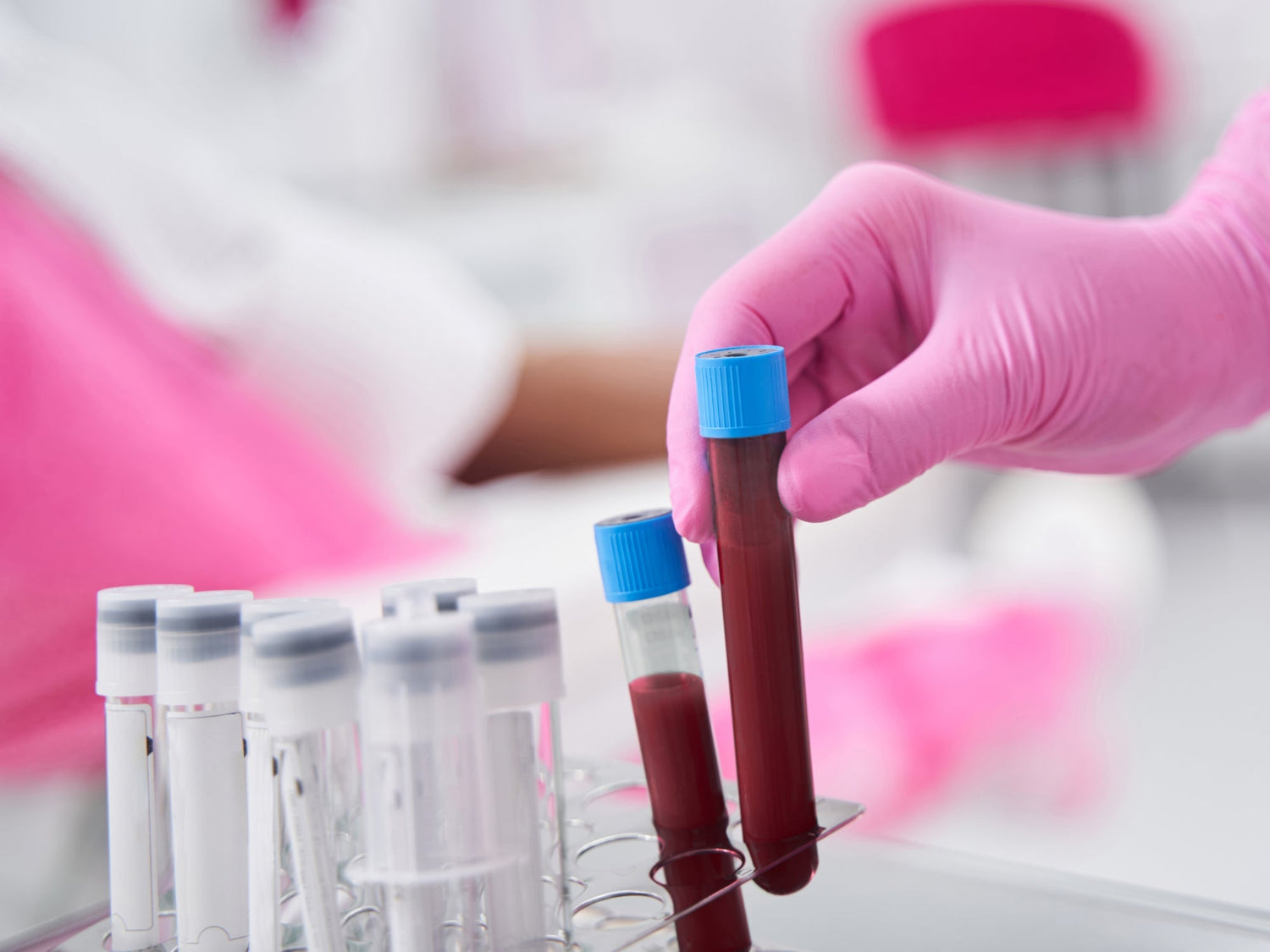When it comes to understanding your blood health, two key components often come up: hematocrit and hemoglobin. While they might sound similar and are related to red blood cells, they offer different insights into your overall well-being. This blog post delves into the differences between hematocrit and hemoglobin, explaining their significance in easy-to-understand terms. Let's clarify these crucial blood measurements and discover how they contribute to a comprehensive health assessment.
What is Hematocrit?
Hematocrit measures the proportion of red blood cells in your blood. Expressed as a percentage, it indicates how much of your blood volume is made up of these oxygen-carrying cells. For example, a hematocrit level of 45% means that 45% of your blood's volume consists of red blood cells. This measurement is vital for diagnosing conditions like anemia or polycythemia and can be affected by factors such as hydration levels.
What is Hemoglobin?
On the other hand, hemoglobin is a protein found within red blood cells responsible for transporting oxygen from the lungs to the rest of the body and bringing carbon dioxide back to the lungs to be exhaled. Hemoglobin levels are measured in grams per deciliter (g/dL) and provide insight into the capacity of your blood to carry oxygen. Low hemoglobin levels might indicate anemia, while high levels could suggest dehydration or other conditions.
Key Differences Between Hematocrit and Hemoglobin
While both hematocrit and hemoglobin are related to red blood cells and their function, they measure different aspects. Hematocrit is about the volume of red blood cells compared to the total blood volume, offering a percentage. Hemoglobin, however, focuses on the oxygen-carrying protein within those cells, measured in concentration. Understanding these distinctions is crucial for accurately interpreting blood tests and managing health.
Why Both Measurements Are Important
Though different, both hematocrit and hemoglobin levels are essential for diagnosing and monitoring various health conditions. They work together to provide a fuller picture of your blood health, helping healthcare providers make informed decisions about treatments or further testing. For instance, discrepancies between hematocrit and hemoglobin readings can indicate specific issues like hydration status or the presence of abnormal hemoglobin types.
How Hematocrit and Hemoglobin are Tested
Both hematocrit and hemoglobin levels are determined through a complete blood count (CBC) test, which is a common blood test that evaluates various components of your blood. This test involves drawing a small amount of blood from a vein, typically in your arm. The process is quick and relatively painless. For hematocrit, the test measures the volume of red blood cells compared to the total blood volume. For hemoglobin, the test quantifies the amount of hemoglobin protein in the blood. These tests do not require any special preparation, such as fasting, making them convenient for patients.
Where Hematocrit and Hemoglobin are Used
Hematocrit and hemoglobin tests are utilized in various medical scenarios to assess and monitor a wide range of conditions. They are critical in diagnosing anemia, a condition characterized by insufficient healthy red blood cells or hemoglobin, leading to fatigue and weakness. These measurements are also pivotal in managing chronic conditions like kidney disease and heart disease, where blood oxygen levels significantly impact health outcomes. Additionally, these tests play a vital role in evaluating the effectiveness of treatments such as iron supplementation or procedures like blood transfusions.
When Do Hematocrit and Hemoglobin Matter?
The significance of hematocrit and hemoglobin levels extends beyond diagnosing conditions. They are crucial in situations where the body's oxygen-carrying capacity might be compromised. For athletes, optimal levels are essential for peak performance, as efficient oxygen transport enhances endurance and recovery. During pregnancy, monitoring these levels becomes critical, as the demand for oxygen increases for both the mother and the developing fetus, making the risk of anemia higher. In emergency settings, such as trauma or surgery, rapid assessment of hematocrit and hemoglobin can provide lifesaving insights into a patient’s blood loss and oxygenation status.
Factors Affecting Hematocrit and Hemoglobin Levels
Various factors can influence your hematocrit and hemoglobin levels. Dehydration, for instance, can artificially elevate hematocrit levels by reducing the plasma volume, making it seem like there are more red blood cells by proportion. Conversely, overhydration can dilute blood, leading to lower hematocrit readings. Lifestyle factors, such as smoking or living at high altitudes, can also affect these levels. Certain diseases, medications, and nutritional deficiencies (iron, vitamin B12, folate) have significant impacts, highlighting the importance of understanding these levels within the context of individual health.
Understanding hematocrit and hemoglobin levels offers vital insights into your overall health and well-being. These measurements are not just numbers on a lab report; they tell a story about how well your body is functioning and adapting to internal and external challenges. Whether you're managing a chronic condition, striving for optimal athletic performance, or simply keeping track of your health, knowing the difference between hematocrit and hemoglobin and what they signify can empower you to take more informed actions towards your health goals. Regular monitoring and consultation with healthcare professionals ensure that any deviations are promptly addressed, maintaining your body's efficiency and resilience.





Leave a comment
This site is protected by hCaptcha and the hCaptcha Privacy Policy and Terms of Service apply.